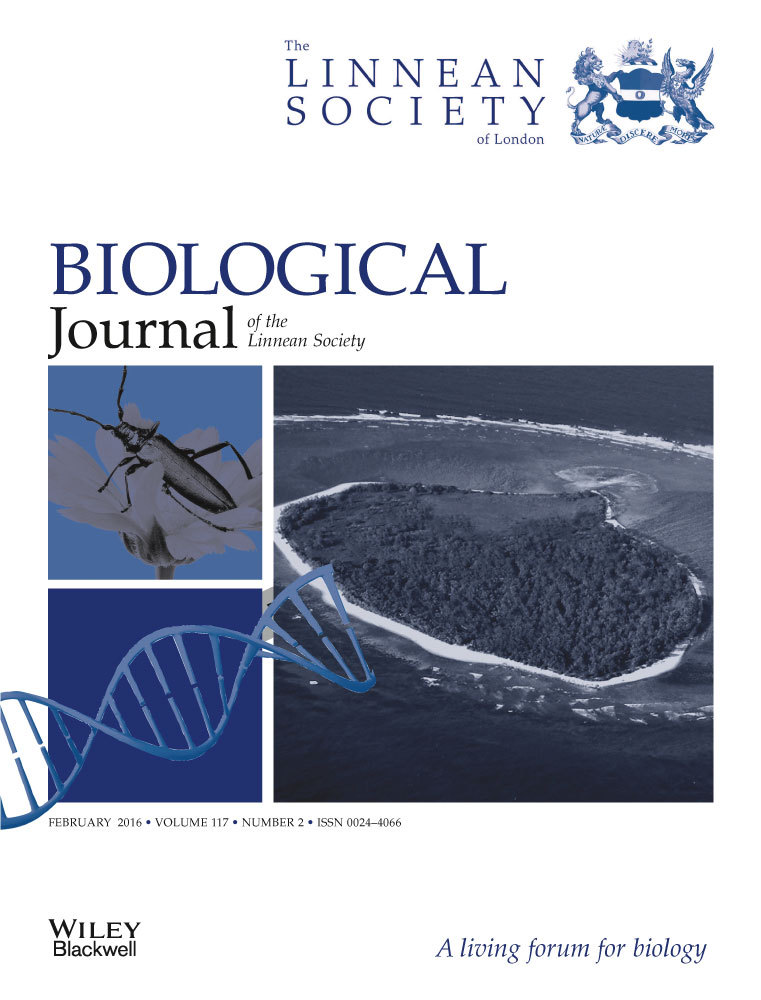How to Do Ecology: A Concise Handbook, 2nd edn, by , , . Princeton, USA and Oxford, UK: Princeton University Press, 2014, 182 pp. Paperback. ISBN 9780691161761.
The transition from taught studies in an undergraduate programme to independent research work in ecology at the graduate level is often daunting. This books aims to give students help in making decisions about how to choose a research topic and the approach they should take to it, a process for which many students are quite unprepared. Despite its title the book is not a handbook of practical techniques, as the authors make clear, but addresses a range of much wider issues. The terminology and context are those of graduate school studies in North America, but students in Europe should find the points made are relevant and readily understood.
The book has four main sections. The first contains two chapters on choosing a question to research and on then picking the approach to follow, such as the observation of patterns, manipulative experiments and model building. This section is followed by three chapters which address issues in the design and analysis of the research: using experiments to test hypotheses, analyzing experimental data and using surveys to explore patterns. These include material to get the reader thinking about the spatial, temporal and phylogenetic scale of their work and also about the meanings of both statistical and ecological significance. These are not ‘how to do’ chapters with numeric examples, they are ‘think about what you are going to do’ material. The third section contains two chapters which address people skills; building your indoor skills, including how to organise your work, and working with people and getting a job in ecology. Finally there is a chapter devoted to communicating what you find. This covers journal articles, oral presentations, posters and grant and research applications.
Overall there is a wealth of useful and sensible advice in this book. It covers a wide range of points to be thought about before committing oneself to a research programme and to be borne in mind whilst carrying out the work. The advice to retain an open and flexible approach and to be receptive to the unexpected is especially welcome. The coverage is wide, so many of the topics could be followed up in more specific sources and by discussion. This is particularly true of the statistical matters. The strength of the book is that it should help the reader to think about the important general issues at the outset and hopefully continue to think about them from then on.
This is a book that would be of great help to students about to embark on graduate research in ecology, but undergraduate students about to start a final year dissertation will also find much of use here.




